Atomic Geometry
online Course
Take learning into your own hands!
Welcome to the world’s first geometric model of the atom you can hold in your hand.
Discover this unique interpretation of the world of matter that simplifies complicated formulas, and build yourself a rock-solid foundation in science.
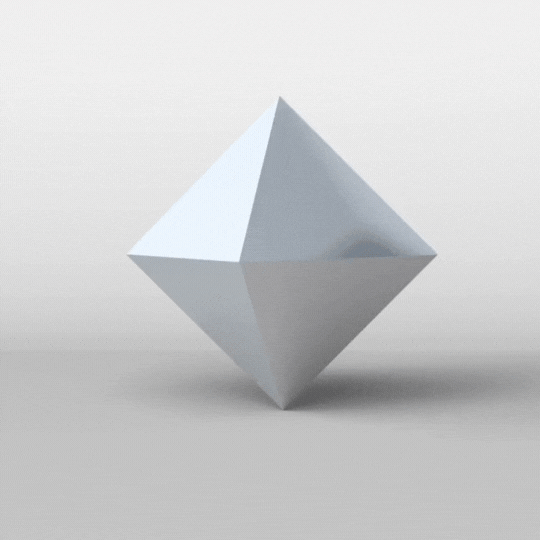
What you will get:
- 44x ready-made print-outs (A4)
- Over 30 geometric models with blueprints
- Compass instructions for all templates
- Simple drawing exercises
- Explore 88 elements of the Periodic Table
- Video explanations to help guide you
- Tutor support. Your questions answered
- Online-community of like-minded people
- Life-time access
- 30 days money back guarantee

Time to get creative
Print out pre-designed templates or construct them from scratch using a drawing compass. Glue them together to complete the model. Each solid slips inside one another, to form a perfect representation of the atomic shells.

- Draw 2D templates
- Build 3D models
- Realize the significant
Watch the video...

Learn science the easy way
Our multidisciplinary learning covers aspects of physics, chemistry, biology, and geometry all in one course.
Multi-disciplinary
- Physics
- Chemistry
- Mathematics
- Geometry
Benefits
- No complicated formulas
- Suitable for all ages and abilities
- Creative, engaging and fun
- Effective and memorable learning
This tactile exploration of the atom will help you visualise the Elements of the Periodic Table in a whole new way. Build a memorable image that will stay with you for life.

Why geometry?
Did you know that electrons don’t just circle the nucleus like planets orbit the sun? Instead, they fall into 4 distinct orbital types (S, P, D, F).
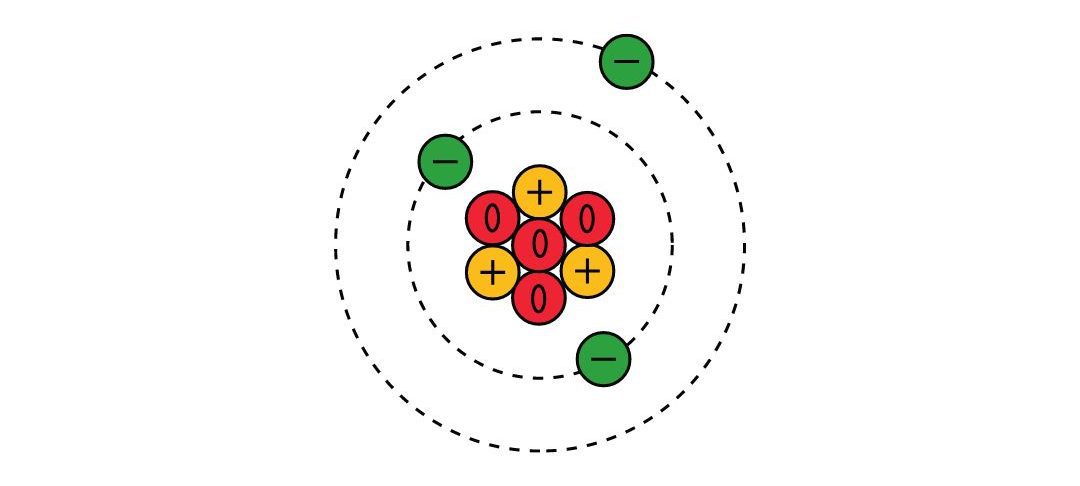
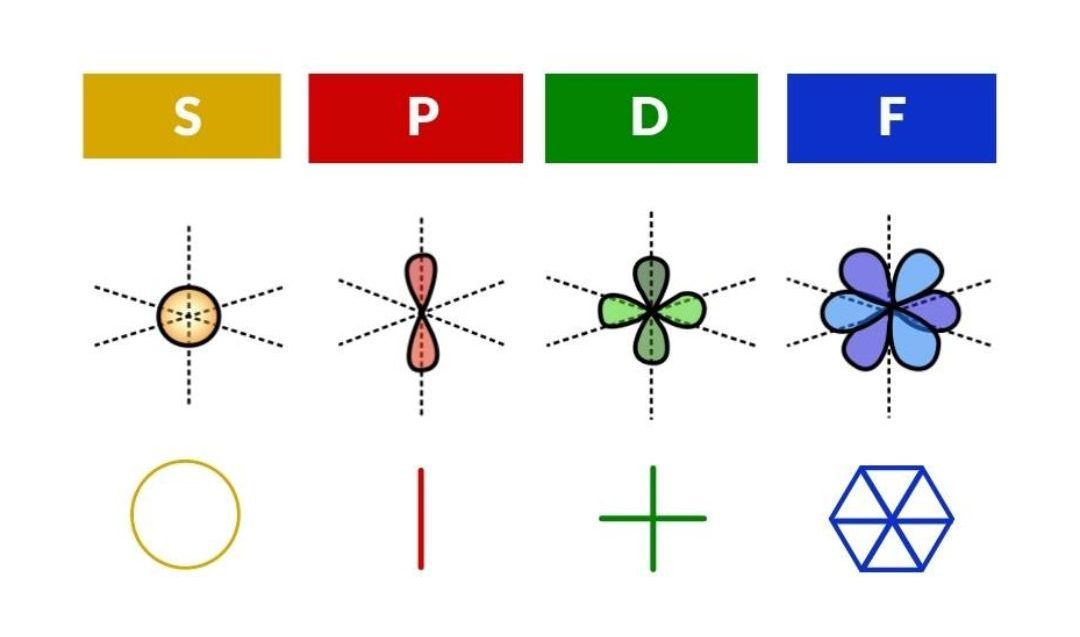

Why geometry?
Did you know that electrons don’t just circle the nucleus like planets orbit the sun?

Instead, they fall into 4 distinct orbital types (S, P, D, F).

Each of these can be accurately represented by geometric solids. Atomic Geometry utilises this fact to create a deeper intuitive comprehension of the structure of the electron cloud.
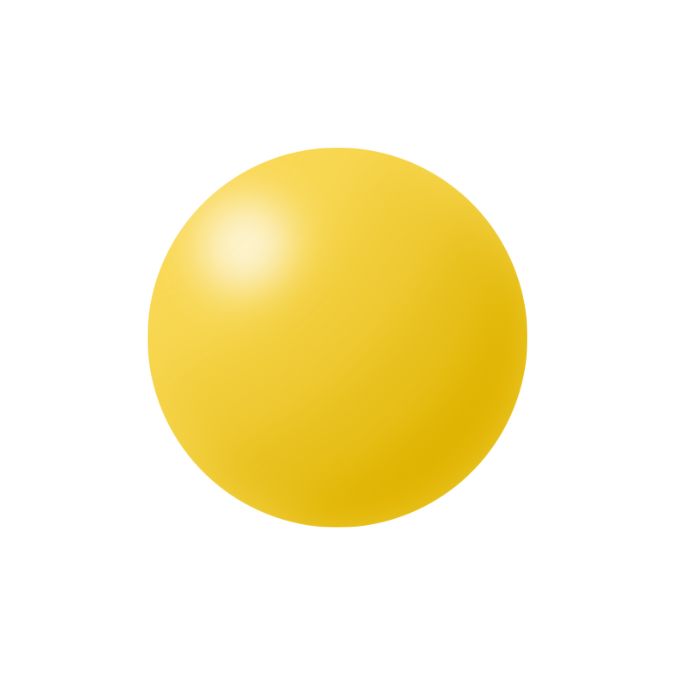
S-orbitals
(Sphere)
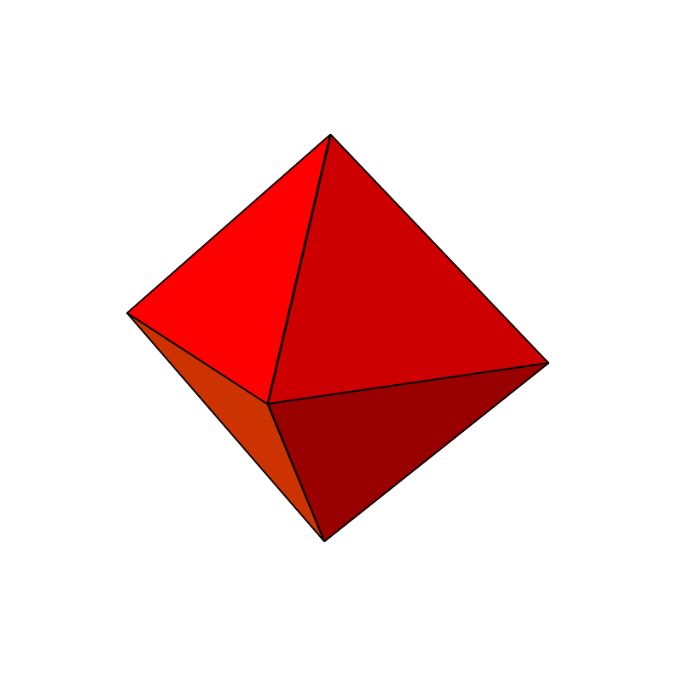
P-orbitals
(Octahedron)
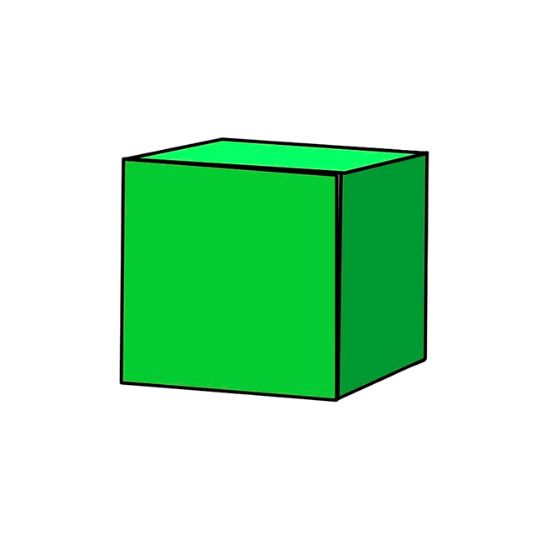
D-orbitals
(Cube)
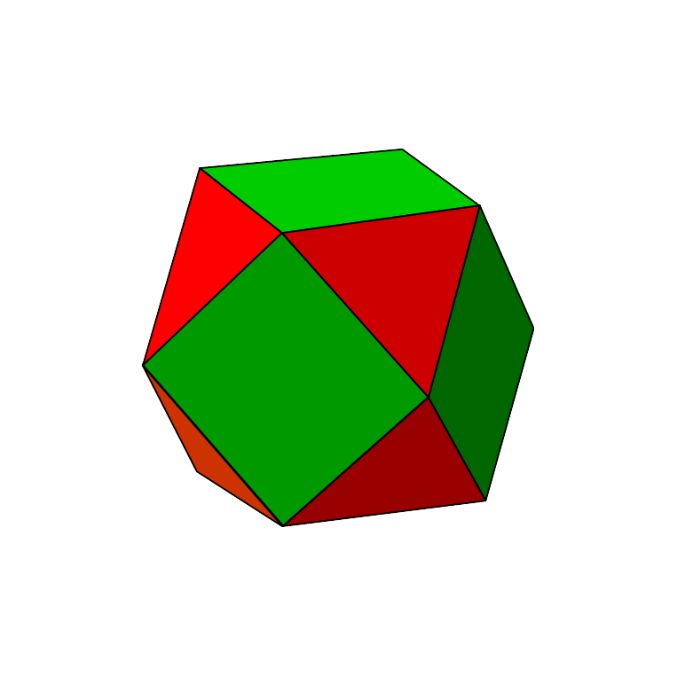
F-orbital
(Cuboctahedron)
Watch the video...
Course content
Physics
- Atomic models
- Atomic number
- Quantisation
- Orbital types
- Electron configuration
- Aufbau Principle
- Atomic Radii
- Lanthanide Contraction
Chemistry
- Alkali metals
- Transition Metals
- Noble gases
- Valance shells
- Covalent bonds
- Ionic bonds
- Metallic bonds
Biology
- CHON - elements of life
- ATP
- Aminoacids
- Adaptive Immunesystem
- Voltage-gates
Geometry
- 1D to 5D Space
- Platonic Solids
- Archimedean Solids
- Torus and Hypercube
- Geometric Transformations
- Space-filling polyhedra
- Golden Ratio

When you learn physics through geometry, you know you are in good hands
Did you know that even the greatest physicists of our time studied geometry?
Did you know that even the greatest physicists of our time studied geometry?

Unlock the genius within!
Whether you’re a student, teacher, or just someone with a curious mind, this course is sure to ignite your passion for physics and chemistry.
what people say...












The key to success
Science is key to an individual’s intellectual development as it stimulates critical thinking, problem-solving, mathematical logic, and reasoning.
According to research conducted by the all access college boards, up to 58% failed AP physics exam in 2021.
Trevor Baker, College Board (2021)
In 2012, about 25% of students failed general chemistry, which increased substantially over the last 10 years, with some research determining a failure rate of up to 89%.
Cooper et al., Journal of Science Education and Technology (2012); Sukur et al., Education and Urban Society (2022)
Up to 58% failed AP physics exam in 2021.
Trevor Baker, College Board (2021)
In 2012, 25% of students failed general chemistry, in 2022 some research showed a failure rate of up to 89%.
Cooper et al., Journal of Science Education and Technology (2012); Sukur et al., Education and Urban Society (2022)
The question is, why?
According to recent studies, the main reasons students fail science are out-of-date materials, overcomplicated language, and time constraints placed on teachers to develop innovative lesson plans. The recent COVID Pandemic has exasperated the situation.
The common reasons that contribute to poor performance are teaching methodology, and negative attitudes towards the subject.
Schmidt and Jignéus, Chemistry Education Research and Practice (2003); Akinola (2006)
After COVID, we now see single digit scores and even zeros. The students not only didn’t study, they didn’t know how to study.”
The reasons for poor performance are teaching methodology, and negative attitudes towards the subject.
Schmidt and Jignéus, Chemistry Education Research and Practice (2003); Akinola (2006)
After COVID, we now see single digit scores and even zeros.
It’s not the student or the teacher, it’s the method!
- No complicated mathematics

- Full explanation of scientific terminology
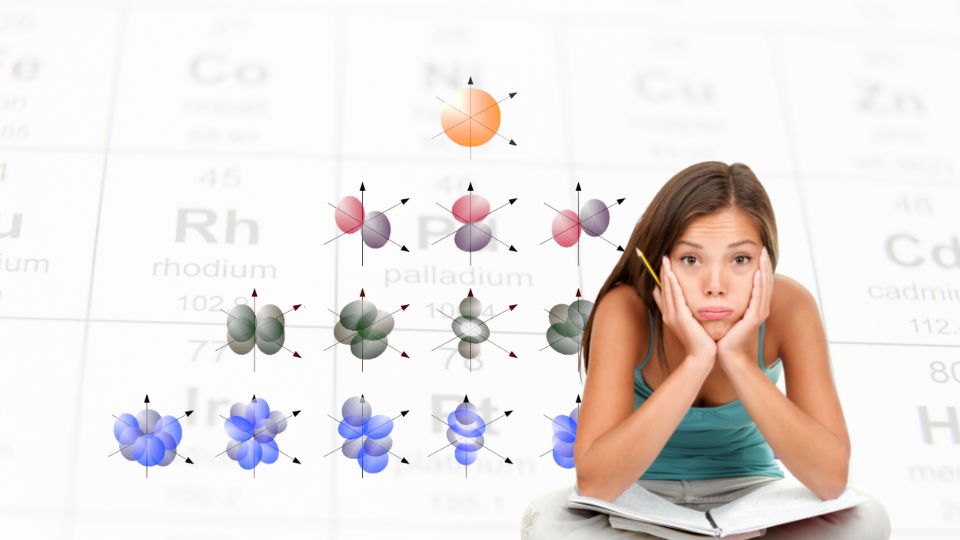
- Scientifically accurate

- Greater accessibility
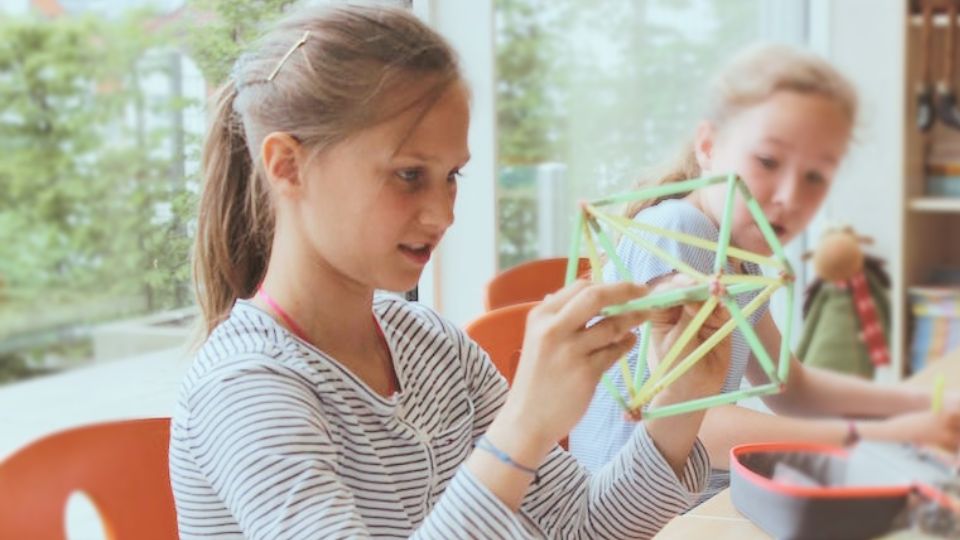

Accelerated Learning
Accelerated Learning is the way we can most efficiently take in information and retain it.
How do you learn best?

1D
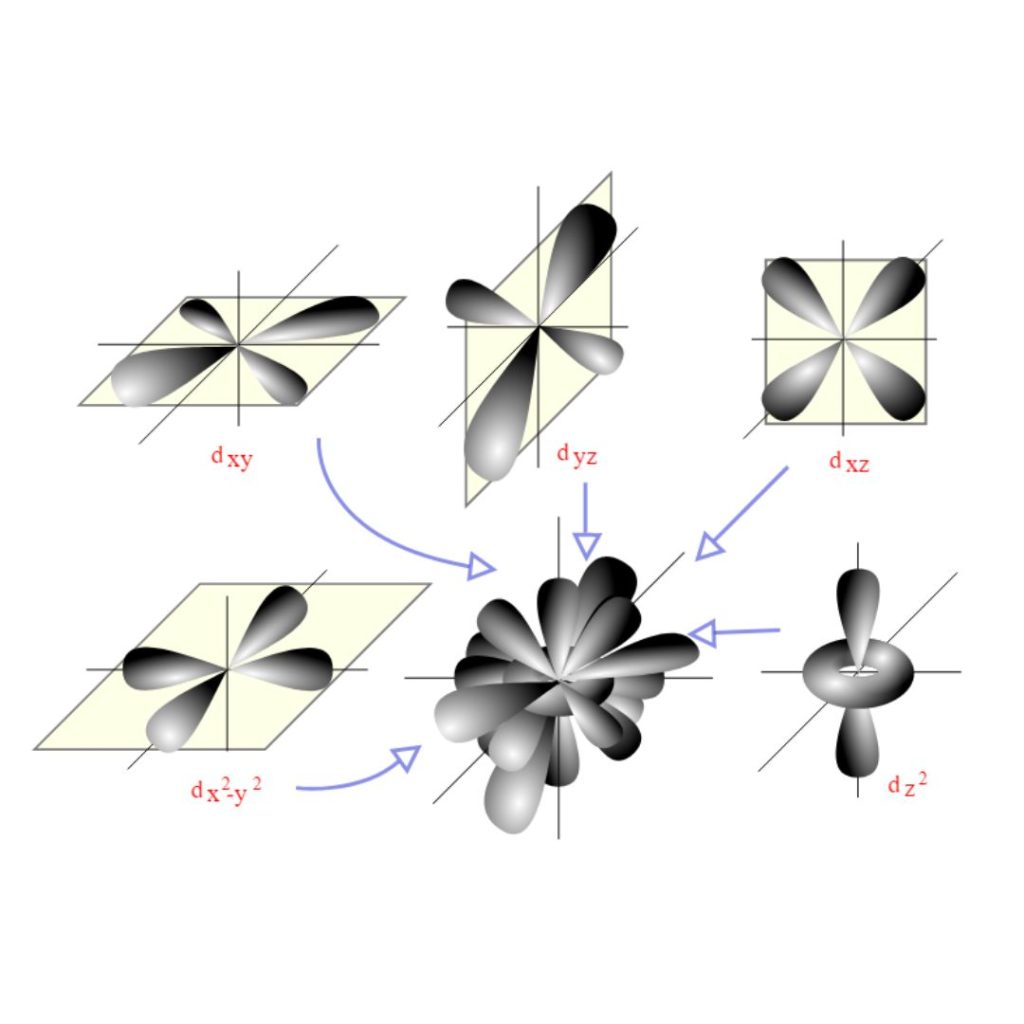
2D
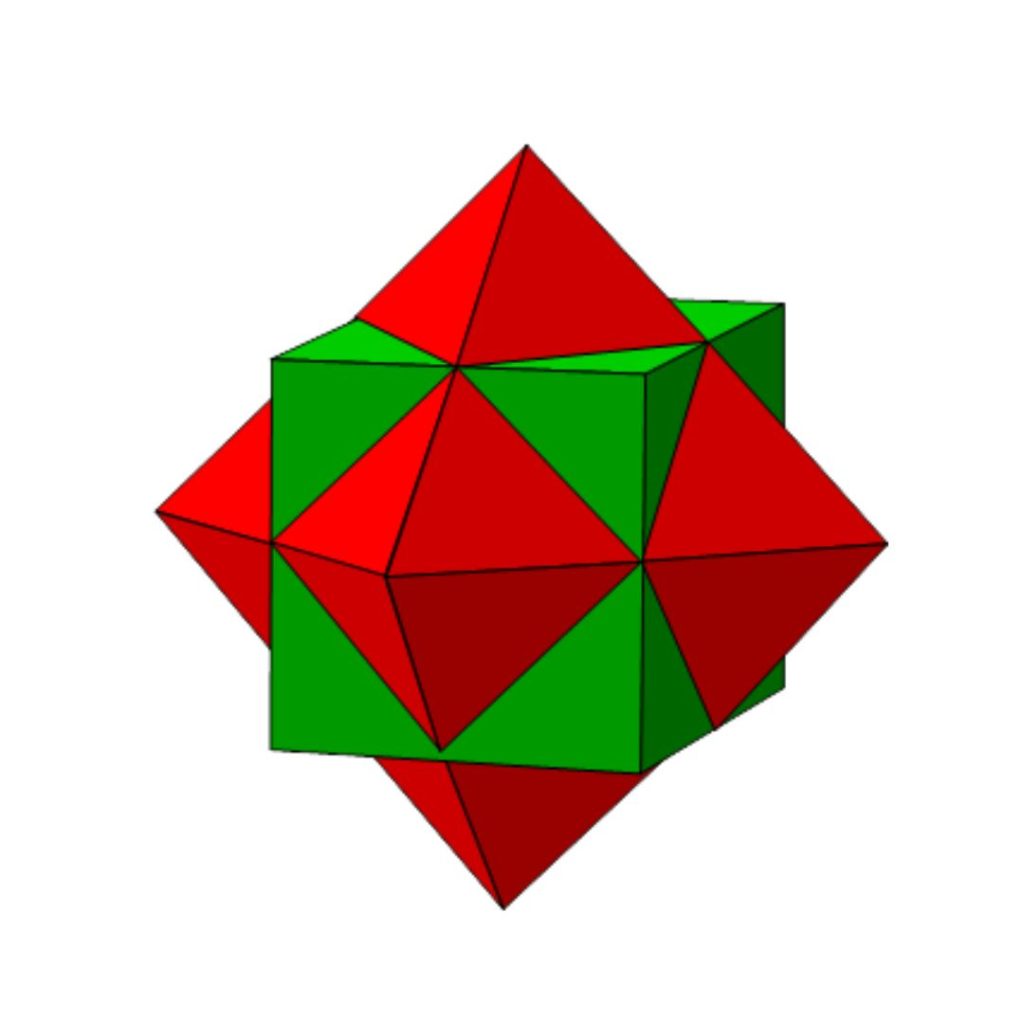
3D



Tactile Learning
Many studies have shown that kinaesthetic (tactile) is the most effective and engaging teaching method. People remember better through doing, rather than listening. That’s why skills, such as riding a bike, stay with us for the whole of our lives.
Muneera Spence (2006)
Mulalic (et al.) discovered that the kinaesthetic learning style was the most preferred learning style among ESL students.



We designed our Atomic Geometry course specifically with this in mind. Education is not just about learning. It’s also about having a fantastic creative experience you will never forget!
Atomic Geometry Course

Who are we?
We make learning fast, fun and effective

Colin Power
Colin Power is a musician and numbers lover, who has spent over 22 years developing Accelerated Learning methods using music and geometry. His work in alternative education includes projects with Creative Partnerships, Youth Music, and the Drake Music Project. He has spent the last 10 years exploring the nature of geometry through compass construction to explore both physical and metaphysical concepts.

Colin Power
Colin Power is a musician and numbers lover, who has spent over 22 years developing Accelerated Learning methods. He has spent the last 10 years exploring the nature of geometry through compass construction to explore both physical and metaphysical concepts.

Dr. Heike Bielek
Dr. Heike Bielek completed her PhD in Biosciences at the University of Freiburg, Germany. Through her passion for music, dance and art, she explored a wide range of interdisciplinary learning and fun teaching styles to positively engage students and enthusiasts of various disciplines in scientific and philosophical education.

Dr. Heike Bielek
Dr. Heike Bielek completed her PhD in Biosciences at the University of Freiburg, Germany. Through her passion for music and art, she explored a wide range of interdisciplinary learning and fun teaching styles to empower hundreds of people.
Since 2015, Colin and Heike have been examining new and innovative ways to make the sciences more accessible. Atomic Geometry is the result of many hours of dedicated work, that has been developed in alignment with the most cutting-edge scientific theories of today.
FAQ
Check out our FAQ. If you have any question, don’t hesitate to contact us.
The course is designed for people of all abilities who want to build a strong foundation in science. Students can use it as a creative learning tool to support their physics and chemistry studies. Teachers can utilise it to make learning more engaging. If you are enthusiastic about science, it will help you gain easy access to expert knowledge.
If you do not like art or science or prefer the precise nature of mathematics, then this course is not for you. Whilst kids as young as 2+ can play with shapes, we recommend a minimum age of 9+ with parental/teacher guidance to introduce the foundations of science. We also explore some advanced concepts which are more suitable for teenagers and above.
The course employs the standards found in modern quantum theory. In this way, you will be learning the correct terminology, that is applied to the 3D model. We have found this unique method makes remembering much simpler and long-lasting.
Chemistry is fundamentally based on atoms, how they interact with each other to create the components of life. The property of each atom is determined by its structure. In Atomic Geometry, you will build the atom in 3D to provide you with a visual representation of this structure, essential to comprehend the Periodic Table and chemical reactions.
The model is based on the Schrödinger equations, which examines the electron shells of the hydrogen atom. We took the data from the equations and presented it in a 3D geometric model to make it easier to grasp. This means, it is more compatible with the standard model of modern physics than the Bohr model that is currently being taught in school.
Our online community and our dedicated team of experienced teachers are here to support you in your learning process. When you enrol, you will have access to a special online classroom, where we make sure all your questions are answered.
There are different ways to successfully complete this course: Through the fast track path, you can simply print out the templates. The more detailed approach uses a drawing compass to construct each solid from scratch. This also provides you with profound insights into the nature of geometry. Once you have the template, simply cut, fold, and glue to complete the 3D model. You can optionally improve the models using pipe cleaners, cocktail sticks, Velcro stickers, or magnets to create some awesome learning resources that you can use time and time again.
The course includes the creation of over 30 geometric models as tactile and visual learning tools to gain easy access to a wealth of scientific knowledge. You can print out the ready-made templates or construct them from scratch. This means, it can take from 1 day up to a month, depending on your level of engagement.
With our Atomic Geometry course, you get over 600 hours of interactive learning and support from our teachers for only €199. That’s only €10 per hour, which is much cheaper than private tuition, and it lasts for life! Plus, if you order today, you get a 50% discount (only until 01.01.23).
Yes. We are so confident in the quality of our courses, if you are not satisfied 100%, we offer a 30-day full money-back guarantee.
Best Value option
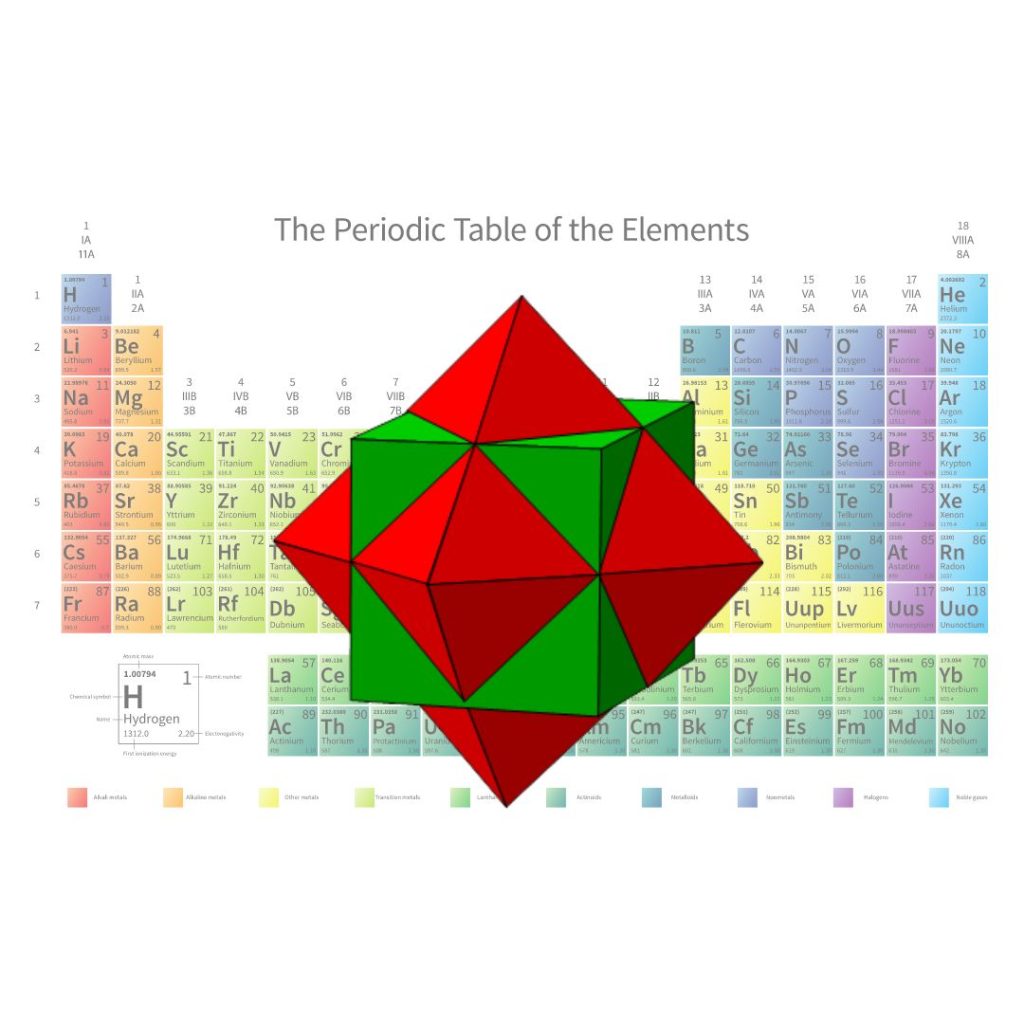
Fast-track your way to success
Get a clear overview of the 88 elements of the Periodic Table and their properties through a unique geometric approach, which is fun to learn and builds the best foundation in science you can get.
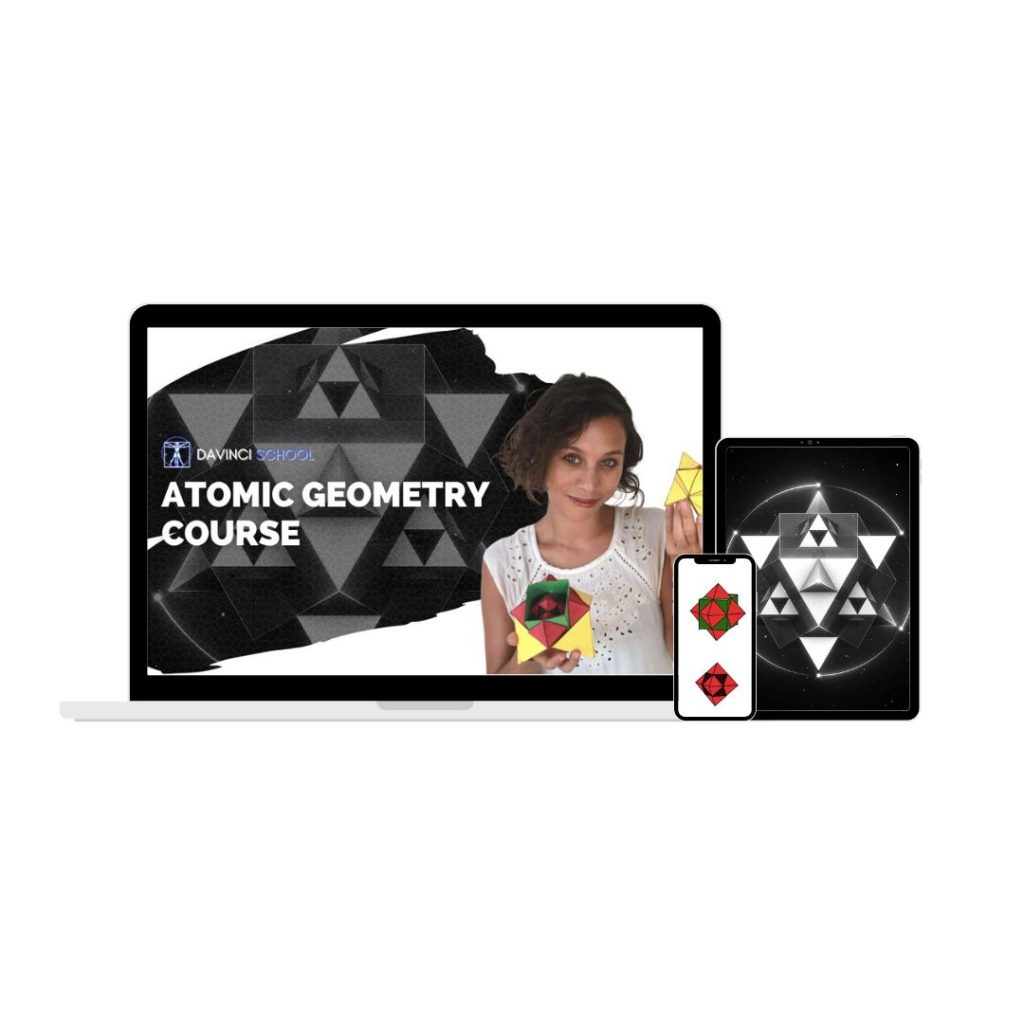
Save money on private tuition
Private science tuition cost around €30 per hour. This course includes over 20 hours of interactive learning for only €199 (that’s only €10 per hour) plus life-time access and models you can go back to throughout your studies, support from our online community, and dedicated team of experienced teachers.
Build an atom!
Secure your entry ticket for only €199. This course covers about a month worth of content.
Book a live tuition
If you are looking for a tailored educational experience that addresses a particular aspect of geometry, then we also offer live on-line tuition on a 1-to-1 basis or small groups.
Prices start at €15/h